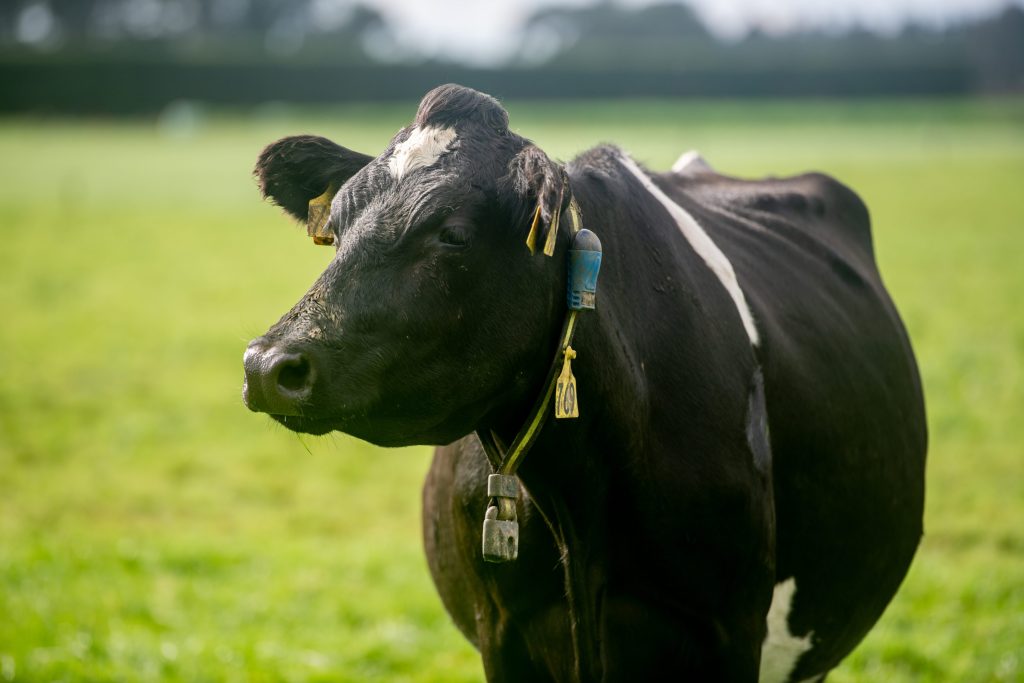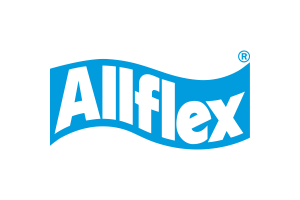

More ways collars help with mating management
Updated September, 2024

Dairy cow monitoring is becoming mainstream, with more than 700,000 cows in New Zealand now wearing SenseHub® Dairy collars alone!
For most farmers, the most obvious impact of adding monitoring collars to the farming system is the time you save detecting heats over mating. But time savings isn’t the only way collars make ‘getting the mating basics right’ easier. Here are a few more examples:
- Improve transition cow management
Mating begins before calving—how cows transition from the dry period into lactation sets them up for either success or failure in the subsequent mating. Monitoring mob and individual cow rumination and health trends over the critical transition period can help you intervene in real-time with feeding/routine changes or weather mitigation strategies so as many cows as possible hit the ground running.
- Automate pre-mating heat detection
No need to begin tail painting five weeks before the planned start of mating. With collars on cows, heats are automatically recorded from day dot. You can keep an eye on pre-mate cycling rates and work with your vet and/or nutritionist to make sure cows are firing on all cylinders long before mating begins.
- Consistently, accurately detect heats
The collars pick cows on heat using the same criteria each day, meaning heat detection is accurate and consistent. We have a dedicated training team who will make sure you know how to use the system for mating, and we have an 0800 number which is manned by folks in NZ from 4 am to 7 pm 365 days a year, meaning any urgent software or hardware issues can be addressed quickly. Using collars to find and automatically draft cows eligible to be mated helps you more efficiently manage labor over mating.
You may even get to have breakfast with your kids a few times in October!
- Optimal semen allocation
The SenseHub Dairy software displays a report of all cows that are currently on heat and eligible to be mated, along with a ‘heat index’ and a ‘breeding window’ for each of these cows.
The heat index is a score from 0-100 for how significant the behavior change associated with that heat event is; a heat with a heat index of 100 will have a higher conception rate than a heat with a heat index of 50.
The breeding window tells you how close the cow is to ovulation; cows ovulate approximately 26 hours after their peak in heat-associated activity, so the breeding window is a countdown that runs from 26 down to -4, with 0 being the approximate time of onset of ovulation. A cow with a breeding window of 26 has just come onto the report, and a cow with a breeding window below 0 has probably already ovulated. Both these cows will have a lower conception rate than a cow in the middle of her breeding window.
Using breeding window and heat index, you can allocate expensive straws of semen to those cows most likely to conceive, helping you spend your mating budget smartly.
- Use records/data to improve decision making
The SenseHub Dairy software allows you to customize reports to suit your system. If you mate twice a day, or late in the day, you can modify the mating reports to make sure you’re drafting the right cows at the right time. If you do intervention programs such as CIDRs or Why Waits, you can write custom reports to draft these cows. If you want to do in-depth analysis of cycling rates, submission rates or non-return rates, you can build your own reports. We even provide training and support to vets and nutritionists to help your rural professionals help you interpret and action the data.
So, collars can do much more for the basics of mating management than save you time detecting heats, although I’m sure your partner will be happy to see you a bit more during spring.
If you would like our indicative pricing flyer emailed to you and or to book your farm visit, please complete the below enquiry form.
Learn more about monitoring collars here.
Amanda Kilby, VMD, MA
MSD Animal Health Technical Vet

